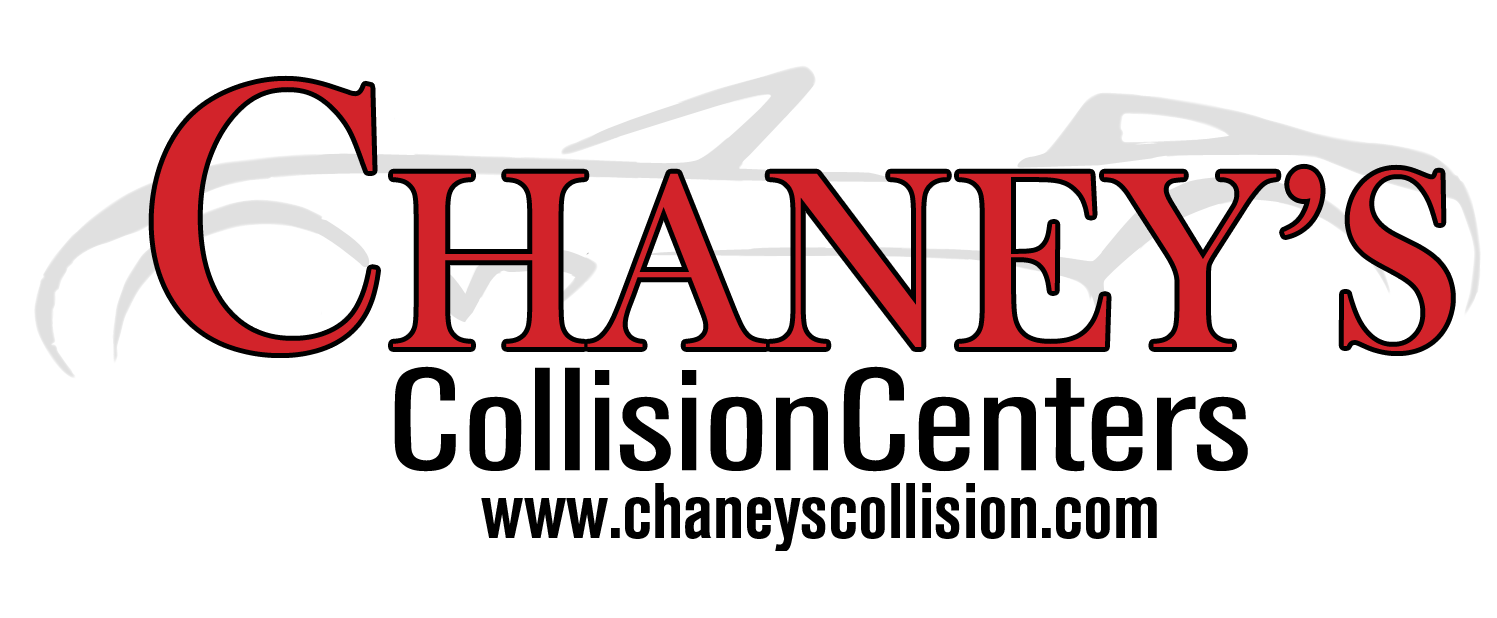How Much Paint Damage Is Too Much: When to Repaint?
 Deciding when your car needs more than just a cosmetic fix is a common dilemma for vehicle owners. Paint damage can creep up quietly, stemming from road debris, sun exposure, accidents, or simple wear and tear.
Deciding when your car needs more than just a cosmetic fix is a common dilemma for vehicle owners. Paint damage can creep up quietly, stemming from road debris, sun exposure, accidents, or simple wear and tear.
At Chaney’s Collision Centers, we believe understanding the tipping point between minor touch-ups and a full repaint is key to preserving both the look and value of your vehicle. Here’s how to know when it’s time to commit to a new coat.
Understanding Paint Damage: Surface vs. Deep
Not all paint imperfections are alike. The top layer of your vehicle’s finish is a clear coat that offers a glossy look and shields the base color beneath. Minor flaws, such as shallow scratches or light swirls that only affect this clear coat, can often be remedied with professional polishing or paint correction. However, when the damage goes further—cutting through the clear layer and exposing base color, metal, or plastic—a simple polish won’t suffice.
Paint Correction vs. Repainting
- Paint correction is ideal for minor blemishes, oxidation, and swirl marks that do not penetrate past the clear coat.
- Repainting becomes necessary when you see:
- Deep scratches that reveal the primer or metal
- Extensive chipping or flaking
- Large patches of peeling, bubbling, or severe discoloration
- Widespread fading or oxidation that affects the base coat
If color is missing, if you spot rust on exposed metal, or if original paint is visibly peeling, full repainting is no longer optional—it’s essential for stopping ongoing deterioration and corrosion.
When Is Spot Repair an Option?
Technological advances now allow for spot repairs—localized touch-ups performed on isolated damage. This might be suitable when:
- Flaws are contained to a very small area
- The surrounding paint is healthy, matching, and undamaged
However, even the most skillful spot repair can be difficult to blend on older or heavily faded finishes. If the damage is spread out, or if you want uniform results, repainting an entire panel or section is typically best.
Signs It’s Time to Repaint
- Visible Color Loss: If you notice discoloration, patchy appearance, or significant fading, it means protection has been lost and repainting is needed.
- Cracking and Peeling: Peeling clear coat or base color usually can’t be sanded or polished back—these spots expose your car to environmental harm and will only worsen.
- Rust or Metal Exposure: Any area where rust is developing or metals are visible beneath the paint must be addressed quickly to prevent structural issues.
- Multiple Repair Attempts: If your car has accumulated various touch-ups over the years and the panels no longer look consistent, starting fresh with a professional repaint will restore uniformity.
The Value of a Professional Job
Attempting to patch significant paint problems at home often leads to mismatched finishes or uneven protection. Professional repainting:
- Ensures exact color matching and an even, durable finish
- Protects panels from rust, UV rays, and environmental hazards
- Preserves resale value and keeps your vehicle looking its best long-term
At Chaney’s Collision Centers, our team provides expert evaluation to determine the right fix—offering precision spot repairs when appropriate and recommending full resprays when that’s what your vehicle truly needs.
Conclusion
While small scratches and scuffs may need only minor corrections, significant or widespread damage—especially when underlying layers are exposed—calls for repainting. Addressing paint issues promptly protects your car’s integrity, boosts its appearance, and saves you from bigger repairs down the road. When in doubt, consult professionals you trust—Chaney’s Collision Centers is always here to help you make the smartest choice for your car.

